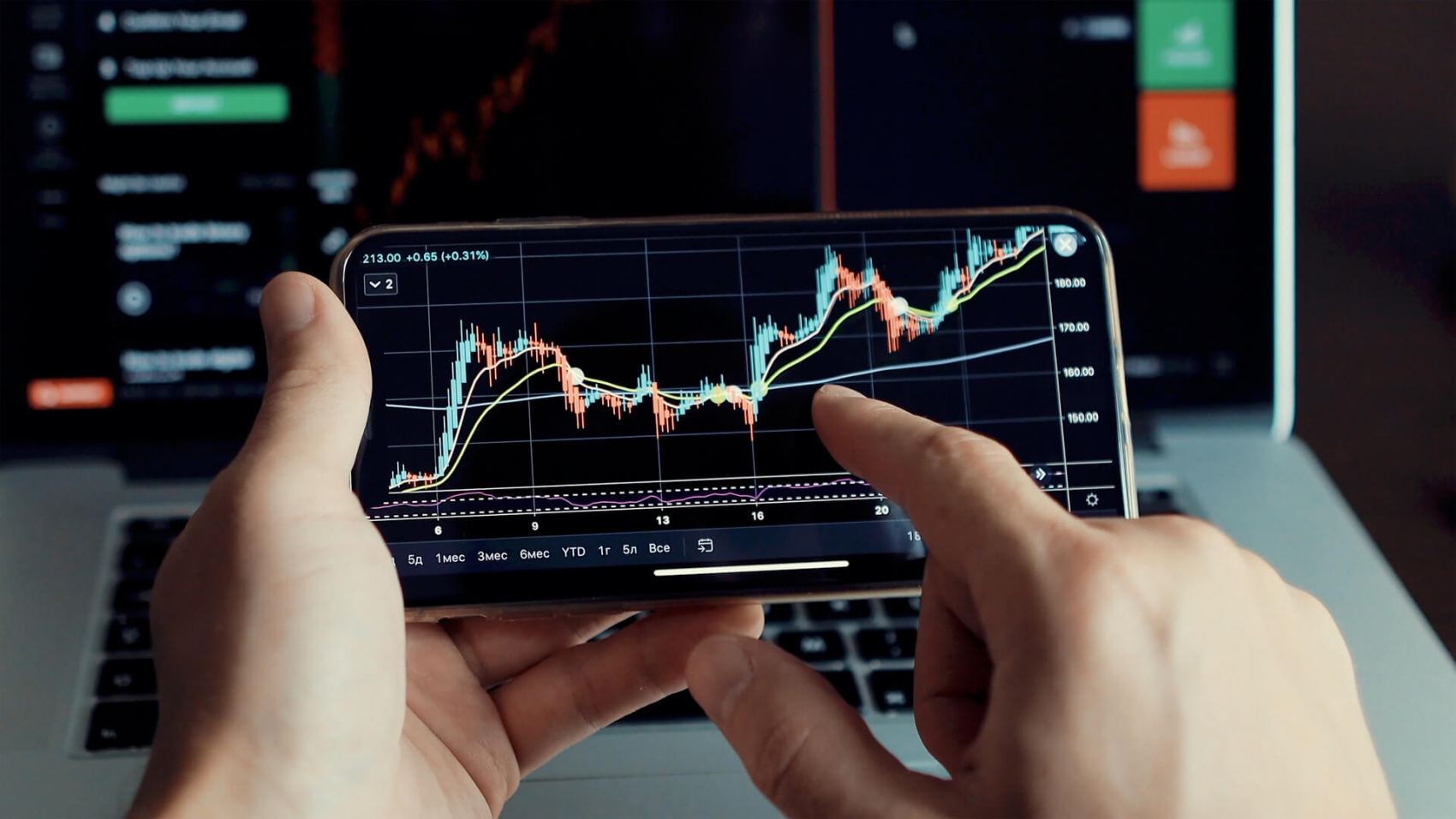Are you looking for ways to invest your money in the financial market but have no time to analyze charts and financial reports? Fortunately, there are trading strategies that can help you make profits without doing the tedious work yourself. Two popular options are copy trading and signal trading. In this article, we’ll discuss the differences between these two trading methods and help you decide which one is right for you.
Table of Contents
- What is Copy Trading?
- How Does Copy Trading Work?
- Benefits of Copy Trading
- Drawbacks of Copy Trading
- What is Signal Trading?
- How Does Signal Trading Work?
- Benefits of Signal Trading
- Drawbacks of Signal Trading
- Copy Trading vs. Signal Trading: Which One is Right for You?
- Factors to Consider When Choosing a Trading Strategy
- Conclusion
- FAQs
What is Copy Trading?
Copy trading, also known as mirror trading, is a trading strategy that involves copying the trades of professional traders. In other words, you’re essentially copying the trades of someone else who has a successful track record in trading. This is usually done through an online platform that allows traders to connect with each other.
How Does Copy Trading Work?
To start copy trading, you need to find a professional trader that you want to copy. You can browse through a list of traders on the platform and choose one based on their trading history and performance. Once you’ve selected a trader, you can then choose to copy their trades automatically or manually.
If you choose to copy trades automatically, the platform will automatically execute the same trades as the professional trader. If you choose to copy trades manually, you will receive a notification whenever the professional trader makes a trade, and you can choose to execute the trade yourself.
Benefits of Copy Trading
- No trading experience required
- Can be profitable for inexperienced traders
- Can diversify your portfolio
- Saves time and effort
Drawbacks of Copy Trading
- No guarantee of profitability
- Dependence on professional trader
- Hidden fees and commissions
- Lack of control over trades
What is Signal Trading?
Signal trading, also known as social trading, is a trading strategy that involves following the trading signals of other traders. Unlike copy trading, you’re not directly copying the trades of another trader, but rather following their signals and making your own trades based on their recommendations.
How Does Signal Trading Work?
To start signal trading, you need to find a trader or a signal provider whose trading signals you want to follow. You can browse through a list of signal providers on the platform and choose one based on their performance and reliability. Once you’ve selected a signal provider, you can then choose to receive their trading signals automatically or manually.
If you choose to receive trading signals automatically, the platform will automatically execute trades based on the signals provided by the signal provider. If you choose to receive trading signals manually, you will receive a notification whenever a signal is generated, and you can choose to execute the trade yourself.
Benefits of Signal Trading
- No trading experience required
- Can be profitable for inexperienced traders
- Can diversify your portfolio
- More control over trades than copy trading
Drawbacks of Signal Trading
- No guarantee of profitability
- Dependence on signal provider
- Hidden fees and commissions
- Requires some knowledge of trading to interpret signals
Copy Trading vs. Signal Trading: Which One is Right for You?
Both copy trading and signal trading can be effective trading strategies, but which one is right for you will depend on your preferences and circumstances.
If you want to have more control over your trades and are willing to put in some effort to interpret trading signals, then signal trading may be the right choice for you.




